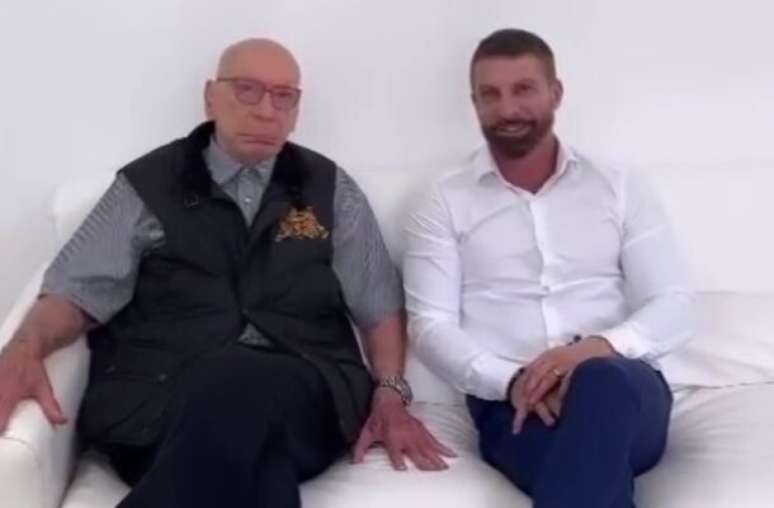Orthopedists dr. Bruno Lee and Dr. Pedro Baches Jorge comments on the injury
Physical activity, at all ages, is essential for well-being and a better quality of life, being suitable for sports and non-athletes. The benefits are innumerable and affect the entire human organism, from the physical to the psychological. However, over and over again and for various reasons, accidents can occur that lead to injuries. Although, at least in Brazil, we hear more about these soccer-related events, all sports can cause them, such as surfing. “In this sport knee injuries, for example, although rarer, can mainly happen to the meniscus and the anterior cruciate ligament, this happens above all in situations where the waves are faster and/or tubular. fast enough, you can fall off the top of the wave and hit the board, causing injury,” says Dr. Pedro Baches Jorge, orthopedic specialist in Sports Medicine. The Brazilian surfer, Caio Ibelli, is well aware of the possibility of these accidents, and tells, directly from Australia, of injuries he has already suffered, in particular one in 2018. “During my career I have had several injuries, sprains above all. The greatest impact was when I broke my foot (metatarsal), in the 2018, during training. I heard a loud pop and felt a lot of pain,” reports the 27-year-old athlete.
html[data-range=”xlarge”] figure image img.img-02264154970864770a363f9a335d4c7321tao40j { width: 774px; height: 707px; }HTML[data-range=”large”] figure image img.img-02264154970864770a363f9a335d4c7321tao40j { width: 548px; height: 501px; }HTML[data-range=”small”] figure image img.img-02264154970864770a363f9a335d4c7321tao40j, html[data-range=”medium”] figure image img.img-02264154970864770a363f9a335d4c7321tao40j { width: 564px; height: 515px; }
Regarding the fracture, orthopedist Dr. Bruno Lee, foot and ankle specialist, explains: “The type of injury suffered by Caio is more common in accidents involving land-based activities, being less common in aquatic activities. The fractures and metatarsal dislocations generally occur due to torsional trauma, the force of which is concentrated in the median region of the foot, i.e. in the midfoot”. The doctor adds that “the greater seriousness of your case is due to the fact that you practice a lot of sport performing, which generates greater mechanical stress, high-energy trauma and, therefore, more serious injuries. ” The World Surfing League athlete adds that, at the moment, the site’s medical team has not confirmed that the bone was broken. “They did a quick scan and believed it was just a sprain of the Lisfranc joint (set of 5 joints at the base of 5 toes), so they didn’t ask for an imaging exam. I ended up persisting and discovered the lesion on the X-ray the following day.”
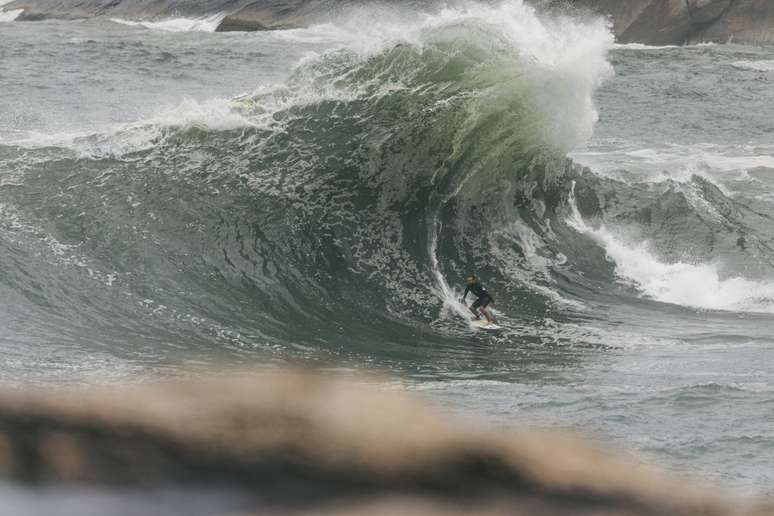
When sports practitioners, especially those participating in competitions, suffer some type of injury, a common concern is whether this will permanently impede their activities. With Caio it was no different. “I wasn’t afraid of the wound itself. I waited six weeks to see how the healing process would go. My fear started when the doctor informed me that surgery would be needed. I was afraid something might go wrong and I was unsure if I could go back to surfing like I used to. When you love what you do, there’s no way it won’t cross your mind at a time like this.” Doctor Lee states that not all cases of this type of fracture require surgery. “There are objective criteria to determine whether there will be a need, such as measurements of the distance between the fragments and their degrees of deviation, very precisely determining the need for surgical treatment.” Most importantly, the surfer was able to get back into the waves after a five-month recovery process. “The worst part was the postoperative period, because I had to stay in bed for 15 days. For an active athlete, this part is very difficult. Right after that, I started physiotherapy, which lasted for five months, between 3 and 5 times a week. With that, my time was busy and shortly after that I could surf lying down for another 30 days. Until it was time to get back into the sport,” he says.
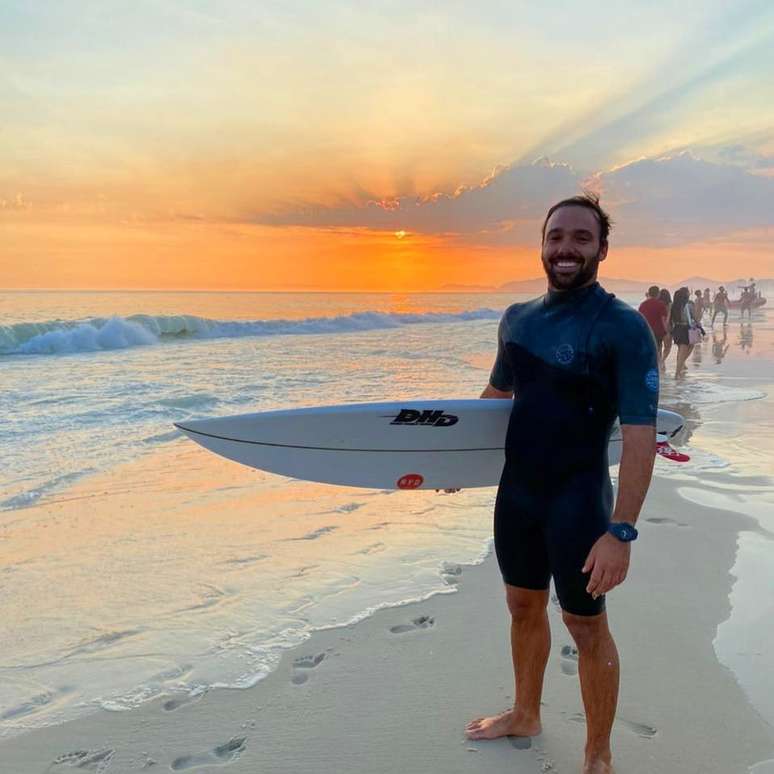
Speaking of this process, Dr. Lee says that, normally, the average time for bone consolidation and ligament healing is 6 to 8 weeks, and he goes into more detail: “Physiotherapy sessions are done so that there is recovery of range of motion and of muscle strength. The practice should be associated with the temporary removal of the load, with progressive recovery of the same. Likewise, physical activities can be resumed progressively, according to the physical capacity, the degree of rehabilitation and the intensity of the activity of the patient. That is, the return to sport must be individualized,” explains Dr. Lee. Caio also says that the first race took place after just 8 months, too early in his opinion. “I wasn’t prepared to compete at that level after the injury I suffered. In March 2019 I started to forget a little about my ankle, because I didn’t feel much pain. However, there was a fear of hurting it again. Only I heard in July that he was completely healed.” Despite the scare, surf enthusiasts in Brazil and around the world are happy to be able to continue following Caio Ibelli’s career.
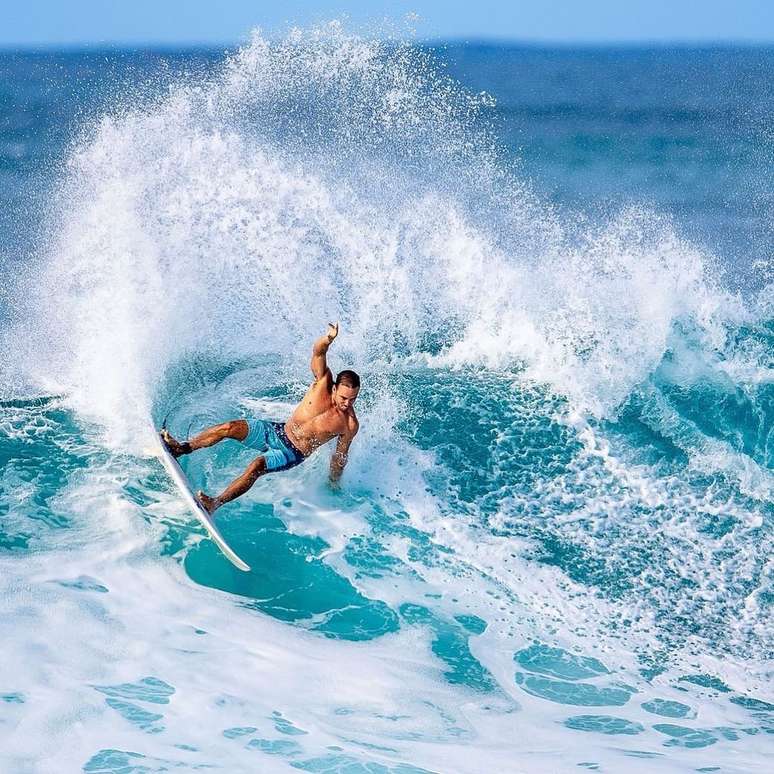
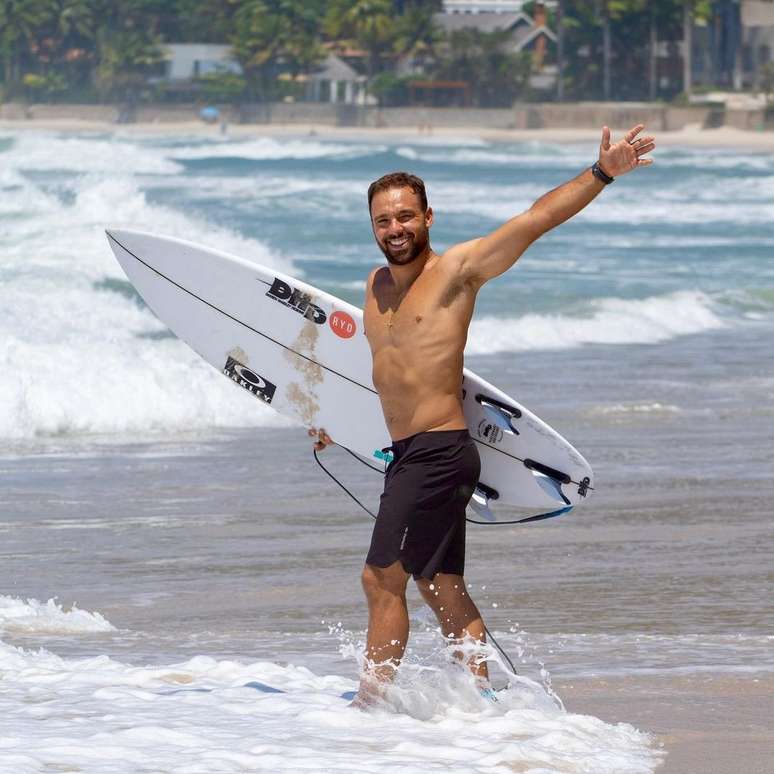
Source: Terra
Ben Stock is a lifestyle journalist and author at Gossipify. He writes about topics such as health, wellness, travel, food and home decor. He provides practical advice and inspiration to improve well-being, keeps readers up to date with latest lifestyle news and trends, known for his engaging writing style, in-depth analysis and unique perspectives.

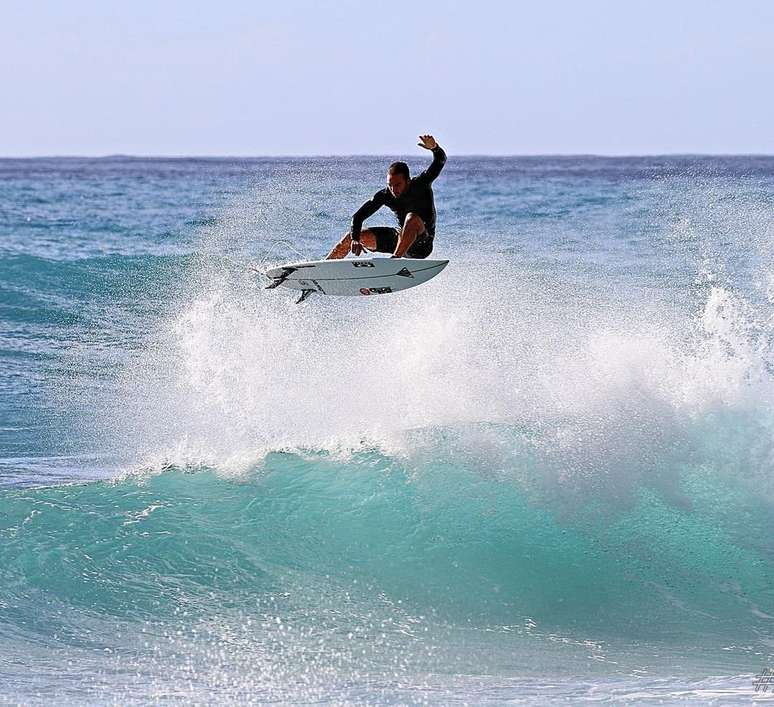
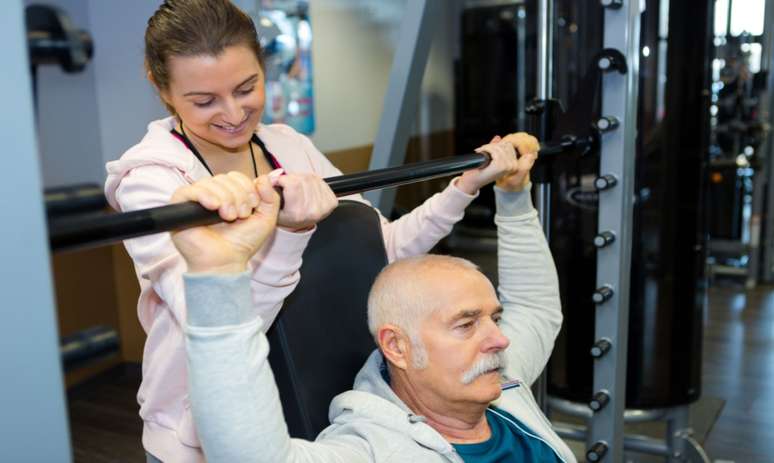


![Everything starts here: What awaits you on October 7, 2025, Tuesday, October 7, 1279 episode [SPOILERS] Everything starts here: What awaits you on October 7, 2025, Tuesday, October 7, 1279 episode [SPOILERS]](https://fr.web.img6.acsta.net/img/28/10/2810562245d5b95cd97136eb495fa830.jpg)
